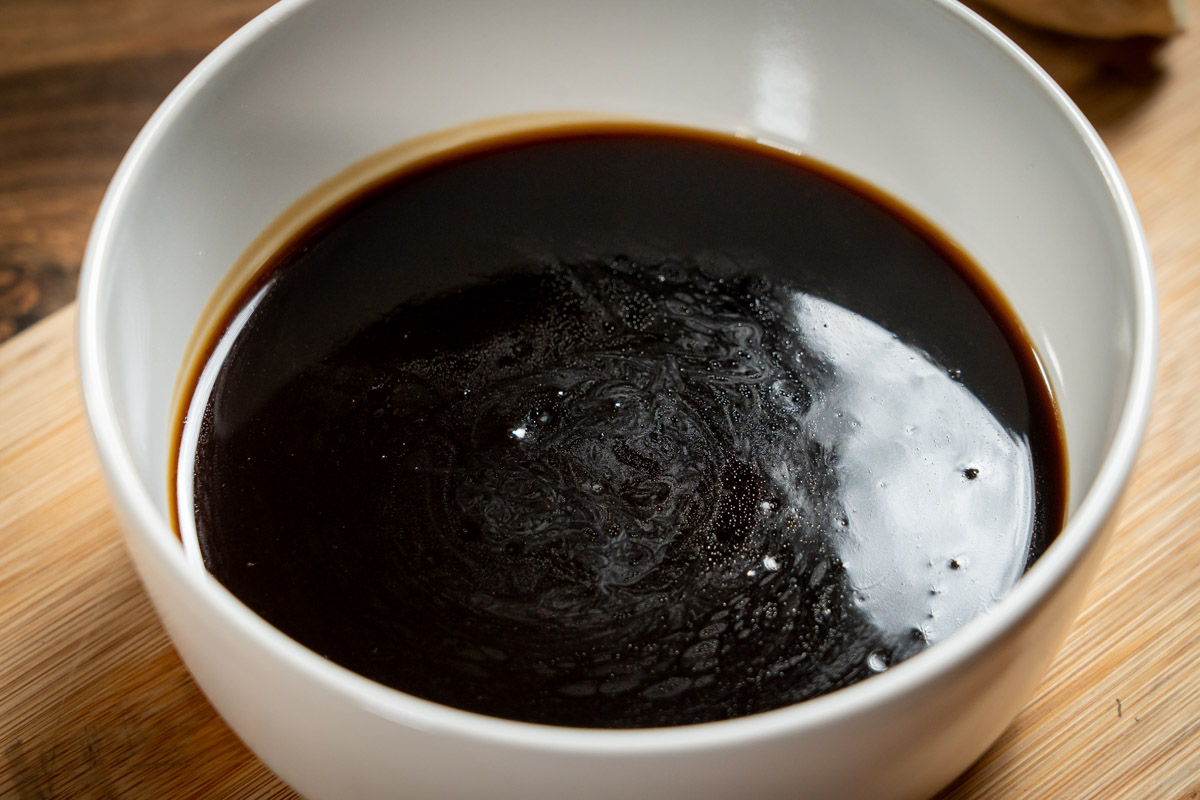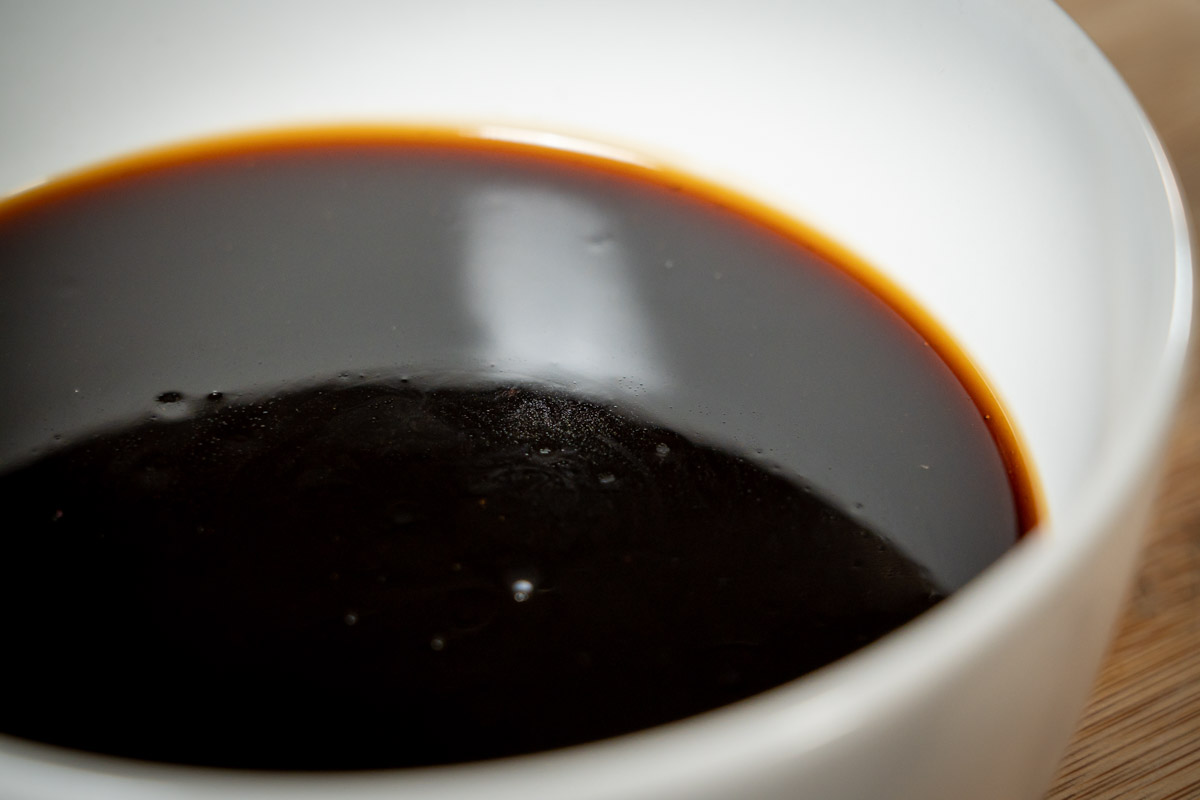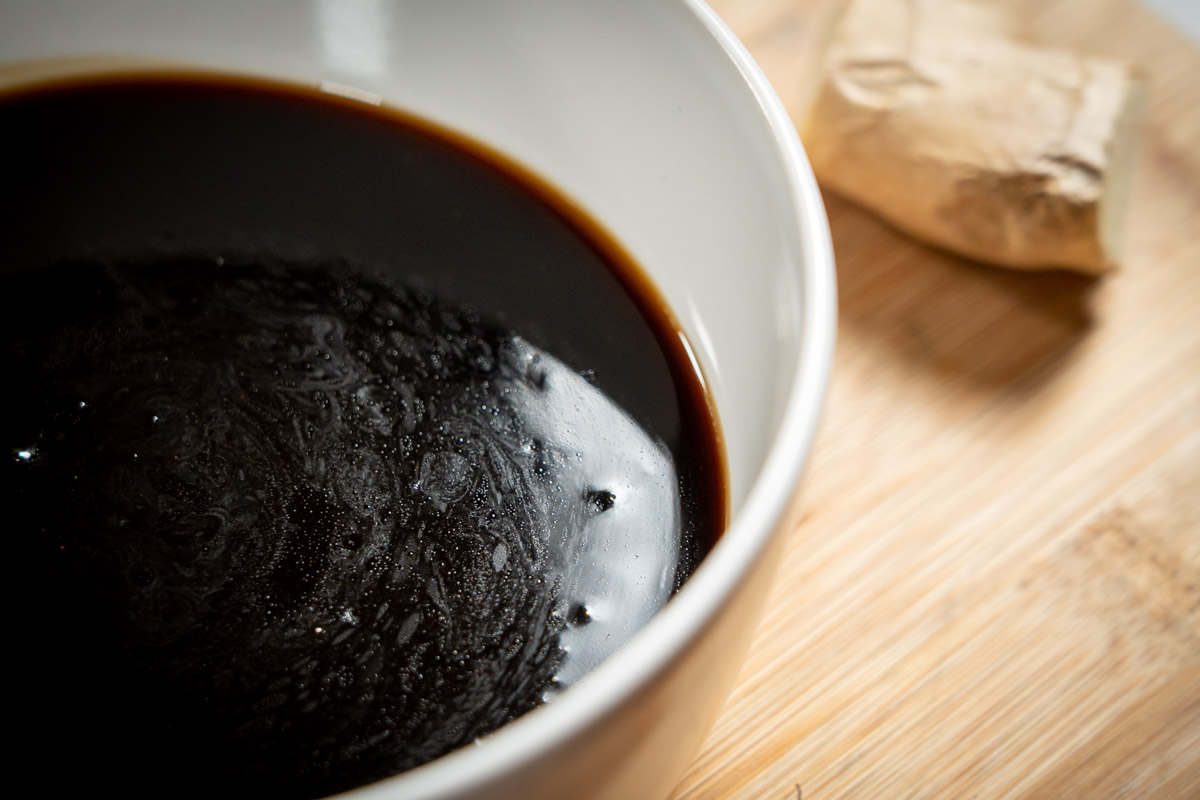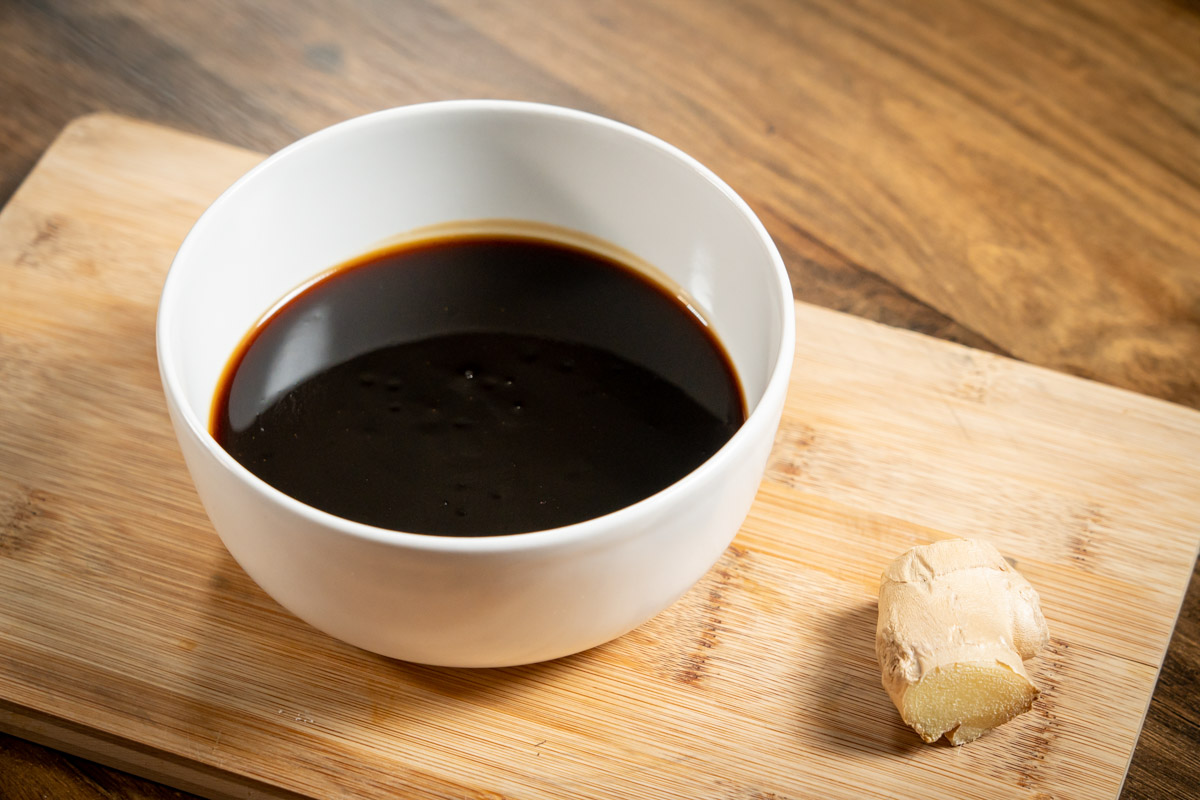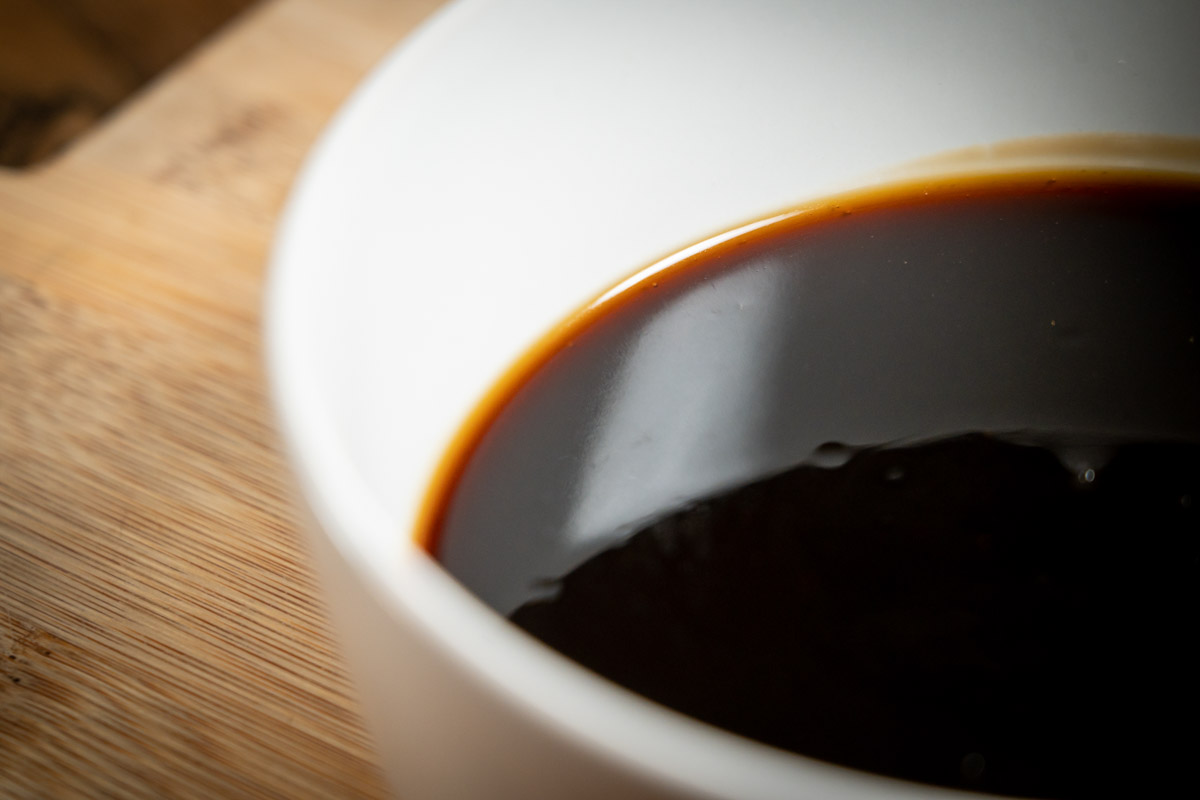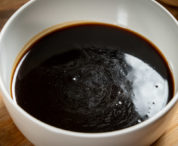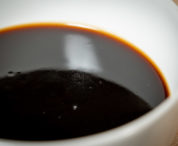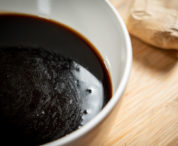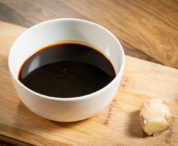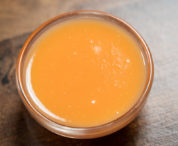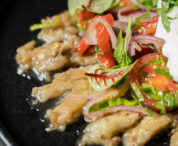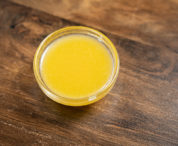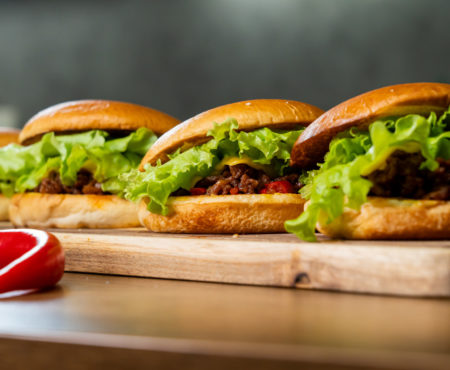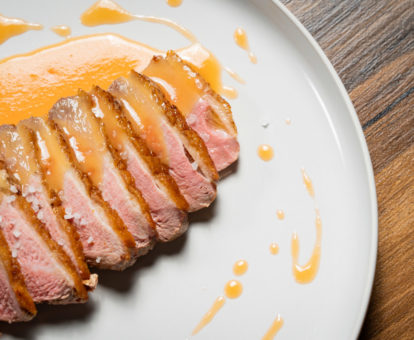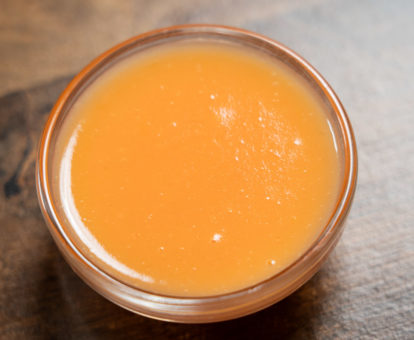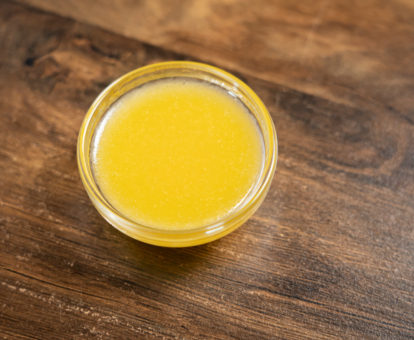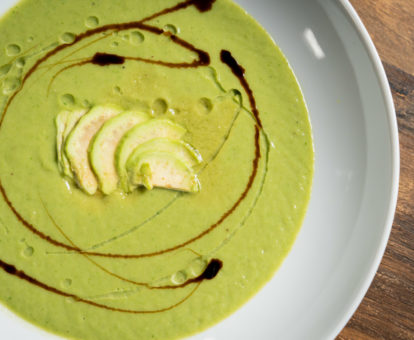Once you make this tangy, rich, and sweet homemade teriyaki sauce, you’ll never go back to store-bought again. You can use this quick, flavorful sauce as a glaze, marinade, or dip using pantry ingredients like soy sauce and brown sugar. In addition, you can learn about the necessary ingredients for an authentic teriyaki sauce, how to make it, and how to store it.
Say goodbye to store-bought teriyaki sauce and hello to homemade goodness! Once you try this tangy, sweet, and savory sauce made from scratch, you'll wonder why you ever settled for anything less. Whether you're glazing grilled chicken, marinating succulent salmon, or dipping crispy spring rolls, this homemade teriyaki sauce will elevate your dishes to a whole new level of deliciousness. Plus, with just a few pantry staples and a little bit of time, you can whip up a batch of this flavorful sauce whenever the craving strikes. Trust me, once you taste the difference, you'll never want to go back!
What Is Teriyaki?
Teriyaki, with its sweet and savory flavor profile, is a popular Japanese cooking technique and sauce. The term “teriyaki” loosely translates to “glossy grill” and is known worldwide for its bold and tangy flavor.
You can use teriyaki sauce as a marinade, basting, or dipping sauce, making it a versatile ingredient. It adds a delicious flavor to stir-fries, steaks, and seafood dishes. It is easy to make with a few basic pantry ingredients and has a strong flavor that will make your dishes stand out.
The basic ingredients are soy sauce, mirin, sugar, and sometimes sake or vinegar. Then, you need to simmer these ingredients to create a thick, glossy sauce, which you can use to marinate or glaze various meats, fish, or vegetables.
Teriyaki has become popular around the world, and while traditional Japanese teriyaki emphasizes simplicity and a balance of flavors, variations may include additional ingredients such as garlic, ginger, sesame oil, or chili flakes for added complexity.
Teriyaki Sauce Ingredients
- Soy Sauce: Adds the salty and umami-rich base taste to the sauce.
- Water: Helps to thin the sauce and adjust the consistency of the sauce.
- Sugar: Adds sweetness to create the characteristic sweet-savory flavor of teriyaki sauce and to balance the saltiness of the soy sauce.
- Honey: Enhances the sweetness of the sauce and contributes to its shiny texture when cooked.
- Mitsukan (Japanese rice vinegar): Adds a subtle tang and depth of flavor to the sauce.
- Garlic: Infuses the sauce with an aromatic garlic flavor that complements the other ingredients.
- Starch: Acts as a thickening agent to give the sauce a slightly thicker consistency and help it adhere to the food during cooking.
- Ginger: Complements the sweetness of the sauce with a warm, spicy flavor and aroma.
- Sesame Oil: Adds a nutty flavor and aroma that enhances the overall flavor of the sauce and adds depth.
How to Make Teriyaki Sauce
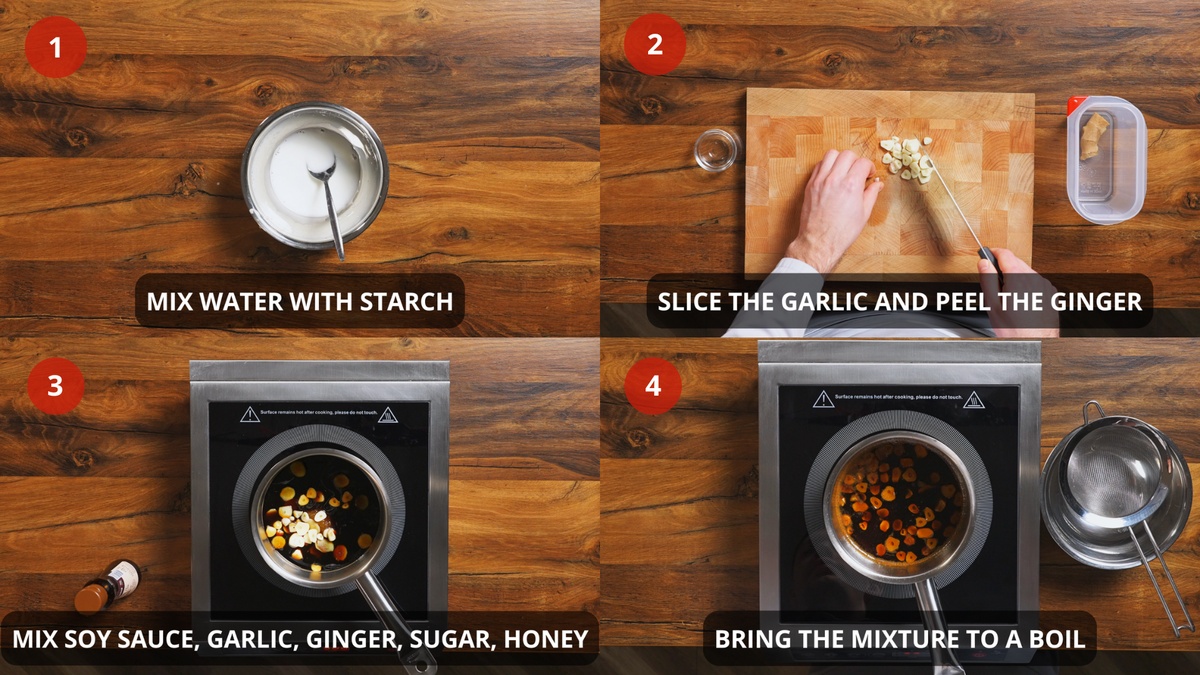

Making homemade teriyaki sauce is easy. The preparation will take about 40 minutes. Let’s take a look at the step-by-step teriyaki sauce recipe.
- First, mix the water and starch until smooth.
- Then, slice the garlic and peeled ginger.
- Combine the soy sauce, sliced garlic, ginger, sugar, honey, and mitsukan in a saucepan.
- Then, preheat the stove, place the saucepan on top, and bring the mixture to a boil.
- Cook over a low heat for 10 minutes, stirring constantly.
- Add the starch mixture to thicken the sauce, then add the sesame oil.
Chef Recipe Tips:
- You can substitute Mitsukan with wine vinegar.
- The sauce is versatile, so it is ideal for serving with chicken, fish, or meat.

How Teriyaki Sauce Is Used Around the World
Let’s take a look at how Teriyaki sauce is used around the world. Its bold and savory flavor profile lends itself to a variety of culinary applications, including sauces, marinades, and dipping sauces. Its global appeal stems from its widespread popularity, with different countries boasting unique variations of the sauce.
Japan
In Japan, teriyaki sauce has traditionally been used as a topping for grilled seafood. The Japanese prefer fatty seafood, such as tuna, yellowtail, or the aforementioned eel, because the crispy fat of the grilled seafood tastes fantastic with the salty-sweet flavor of teriyaki sauce. Seafood teriyaki may have once been cooked on skewers over a fire, but today a charcoal grill can serve the same purpose.

West
In the West, the sauce ingredients are slightly different, and teriyaki is commonly used to cook salmon, beef, or chicken. It’s also often used as a dip for potstickers. It is perfectly safe to use as a dip or condiment, although teriyaki is meant to be a cooking sauce, not a table sauce. Western teriyaki often contains no sake, and sometimes no mirin. It may contain additional flavorings such as minced garlic, minced ginger, or toasted sesame oil, and more sugar or other sweeteners such as honey.
Hawaii
Japanese immigrants probably introduced the Westernized version of teriyaki to Hawaii, where brown sugar is much more common than rice. Hawaiian teriyaki sometimes contains pineapple juice or green onions. (The enzyme bromelain found in pineapple juice is a useful addition to a marinade, as it tends to tenderize red meat.) That version of teriyaki is now a common part of Hawaiian cooking; the sauce served at a luau is more teriyaki than American barbecue sauce.
Hawaiian teriyaki inspired the bottled teriyaki sauce introduced to the American market by Kikkoman, the world-famous Japanese soy sauce company, in 1961. Years later, the company introduced a second version of teriyaki. This one used cornstarch (now called “modified food starch”) to create a much thicker sauce. Other manufacturers have followed suit, and thicker teriyakis are now commonplace at grocery stores. Because of its viscosity, teriyaki has become more popular as a dipping sauce and even as a table sauce, like ketchup.

How to Use This Homemade Teriyaki Sauce
One of the great things about teriyaki sauce is its versatility. Here are a few ways to use this homemade teriyaki sauce:
Marinade: Use teriyaki sauce as a marinade for chicken, beef, pork, or tofu. Simply coat the meat with the sauce and refrigerate for at least 30 minutes to allow the flavors to penetrate.
Glaze: Create a shiny, caramelized glaze by brushing Teriyaki sauce over grilled or broiled meats, seafood, or vegetables as they cook. This will add a depth of flavor and will enhance the appearance of the dish.
Stir-fry sauce: Add Teriyaki Sauce to stir-fry dishes for a burst of sweet and savory flavor. Use it as a base sauce or drizzle over the stir-fry at the end of cooking.
Dipping sauce: Try serving appetizers such as egg rolls, potstickers, or chicken skewers with homemade teriyaki sauce as a dipping sauce. It also pairs well with sushi rolls or sashimi.
Salad Dressing: Make a tangy dressing. Mix teriyaki sauce with a little oil and vinegar. Toss it with salad greens, cooked grains, or noodles to make an Asian-inspired salad.
Sandwich or burger sauce: For sandwiches, wraps, or burgers, use teriyaki sauce as a condiment. For an extra burst of flavor, spread on bread or buns.
Grilling and barbecuing: Use Teriyaki sauce as a basting sauce for grilled meat or vegetables. Apply generously while grilling to create a sticky, caramelized crust on the food.
Topping noodles or rice bowls: Sprinkle over cooked noodles or rice bowl for added flavor. It pairs well with vegetables, and meat and is sprinkled with sesame seeds or chopped scallions.
How to Store Homemade Teriyaki Sauce
Store leftover homemade teriyaki sauce in an airtight container in the refrigerator for up to a week. Note that added ingredients like alliums and herbs may shorten its shelf life.
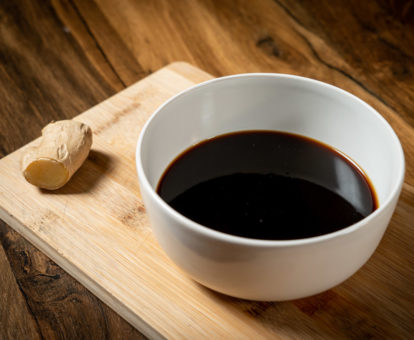
Mix the water and starch until smooth.
Slice the garlic and peeled ginger.
Combine the soy sauce, sliced garlic, ginger, sugar, honey, and mitsukan in a saucepan.
Preheat the stove, place the saucepan on top, and bring the mixture to a boil.
Cook over a low heat for 10 minutes, stirring constantly.
Add the starch mixture to thicken the sauce, then add the sesame oil.
* Percent Daily Values are based on a 2,000 calorie diet. Your daily values may be higher or lower depending on your calorie needs.
** Nutrient information is not available for all ingredients. Amount is based on available nutrient data.
(-) Information is not currently available for this nutrient. If you are following a medically restrictive diet, please consult your doctor or registered dietitian before preparing this recipe for personal consumption.
Powered by the ESHA Research Database © 2018, ESHA Research, Inc. All Rights Reserved
For an extra layer of flavor, try adding a splash of pineapple juice or freshly squeezed orange juice to your teriyaki sauce. Not only will this add a subtle sweetness and tanginess to the sauce, but it will also help tenderize your meat, making it even more juicy and flavorful. Additionally, if you prefer a thicker sauce, you can increase the amount of cornstarch or simmer the sauce for a few extra minutes until it reaches your desired consistency. Just be sure to whisk the cornstarch with cold liquid before adding it to the sauce to prevent lumps. With these simple tips, you'll be well on your way to mastering the art of homemade teriyaki sauce!






